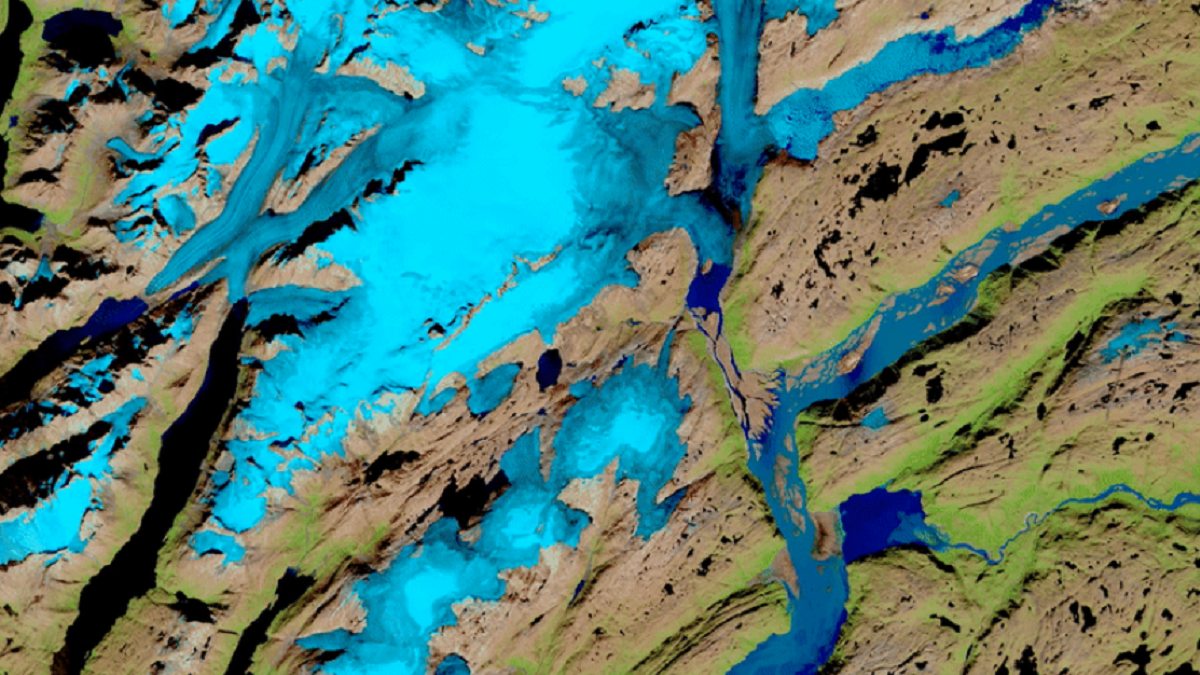The National Aeronautics and Space Administration’s (NASA) Marshall Space Flight Center is partnering with IBM to utilise the company’s AI technology to unearth new discoveries from NASA’s Earth and geospatial scientific data. This marks the first time that NASA’s Earth-observing satellite will use AI foundation model tech.
A foundational model is an AI that is trained on a large set of unlabeled data. Such AIs have multiple purposes and can apply the information it learns in various situations. Rapid advancements have been made in natural language processing over the past five years thanks to foundational models.
“Foundation models have proven successful in natural language processing, and it’s time to expand that to new domains and modalities important for business and society. Applying foundation models to geospatial, event-sequence, time-series, and other non-language factors within Earth science data could make enormously valuable insights and information suddenly available to a much wider group of researchers, businesses, and citizens. Ultimately, it could facilitate a larger number of people working on some of our most pressing climate issues,” says IBM principal researcher Raghu Ganti.
The AI foundational model will allow NASA to sort through the satellite’s excessive amount of Earth data efficiently. Thus, the partnership will enable researchers to analyse data and find solutions to climate change much more quickly.
NASA and IBM’s projects
Togethe,r IBM and NASA will develop tech to further expedite the discovery of new insights from the Earth observation data. For instance, the companies plan to train an IBM geospatial foundation model on NASA’s Harmonized Landsat Sentinel-2 (HLS) dataset. The dataset includes a record of land use changes. This foundational model will aid researchers in analysing the earth’s environments and changes within them.
Additionally, IBM and NASA are working on an easy-to-search Earth science data corpus. IBM has already created an NLP model trained on almost 300,000 Earth science journal articles. The model will make it easier for researchers to peruse articles and learn new information. It runs on IBM’s open-source, multilingual question-answering system, PrimeQA. Other projects are also in development, including creating a foundational model for predicting the weather.
Jack Brassell is a freelance journalist and aspiring novelist. Jack is a self-proclaimed nerd with a lifelong passion for storytelling. As an author, Jack writes mostly horror and young adult fantasy. Also an avid gamer, she works as the lead news editor at Hardcore Droid. When she isn't writing or playing games, she can often be found binge-watching Parks & Rec or The Office, proudly considering herself to be a cross between Leslie Knope and Pam Beasley.



































